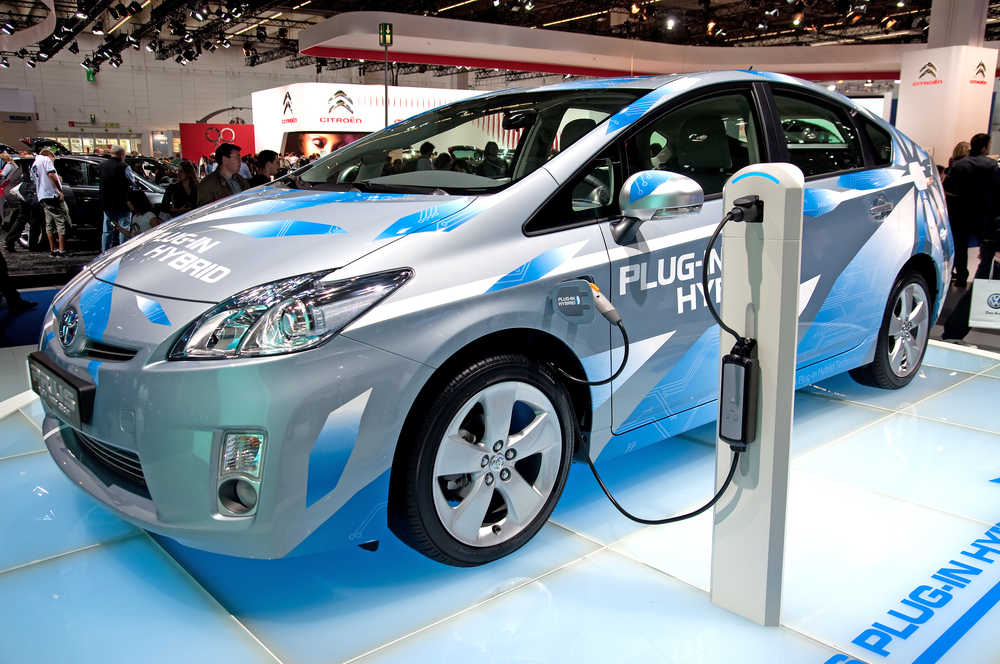

November has seen environmental protests sweep London in the form of Extinction Rebellion, an environmentalist group that shut down bridges to draw attention to climate change. Tackling car pollution is a large part of the puzzle – so what is the UK doing to solve it?
The Road to Zero plan, announced in July 2018, has set a target of having no petrol cars on the road by 2040.
While the target seems distant, there has been some progress. Since 2013, the number of registered electric cars in the UK has expanded from 3,500 plug-in cars to 95,000.
How can you get on the Road to Zero?
Nissan Leaf is the highest-selling electric vehicle (EV), with more than 180,000 models sold since 2009. The Tesla Model 3, which has the longest range of all EVs, is the next-most popular selling car.
Yet, with the Leaf starting at £26,000 and the Tesla from £65,000, an EV isn’t a realistic option for many consumers.
Car manufacturers have only just begun to invest in their production facilities for mass production, which should see the first models emerging in 2020.
Tesla leads the pack for investment in production capabilities. As demand for EV rises and competition grows, this investment will only increase, leading to a greater choice for consumers.
Will your next car be electric?
Climate change makes the mass adoption of electric cars an inevitability. So, should you consider making your next car electric?
Many people are making the switch, with nearly half (47%) of respondents in the 18-34 age range saying they would consider buying a 100% electric car, according to statistics from Baringa.
A concern for many buyers considering the switch is the number of available charging points. Though the number of charge stations is increasing, there are still not enough to support the 1,600,000 electric cars the UK aims to have on the roads by 2020.
Transformations in the UK
Some commentators have said it could be at least 20 years before any significant change happens; the UK is under-resourced in the right infrastructure and there is still a long way to go before the plans will be put into action.
However, the government has made steps to accelerate the process; a scheme was launched, in 2016, to subsidise hybrid and electric cars by up to 35%. The current maximum is £2,500 for a hybrid and £4,500 for an EV.
The government also increased the scheme’s budget by another £100 million in 2018 to try and meet their 2020 target.
The next big changes will be seen in infrastructure, where the government has invested £1.5 billion. However, greater investment doesn’t necessarily mean more charging points.
Even with the requisite number of charging points, the National Grid is not equipped to supply them all with charge simultaneously. In a worst case scenario, power could be cut off to villages or towns because of the over-demand on the system.
To add to the difficulties, 36% of homes in the UK don’t have street parking, according to the 2018 English Housing Survey, which makes getting charging points and cables to cars tricky.
Continuing on the Road to Zero needs more than just incentives and good ideas. It is a process that will take a long time and careful planning. Environmentalists will need patience, as the change will need to be in a wide variety of sectors.